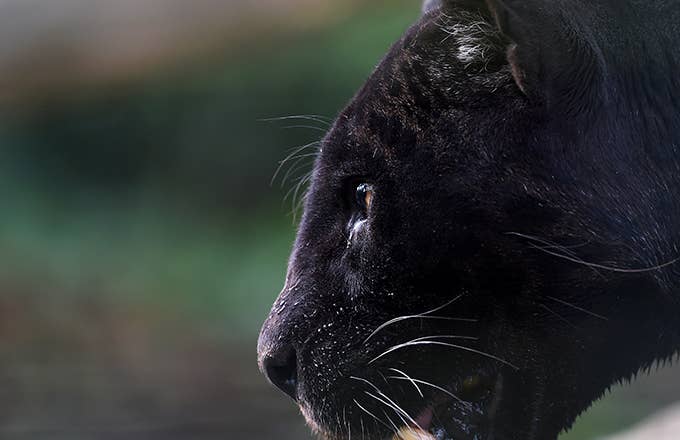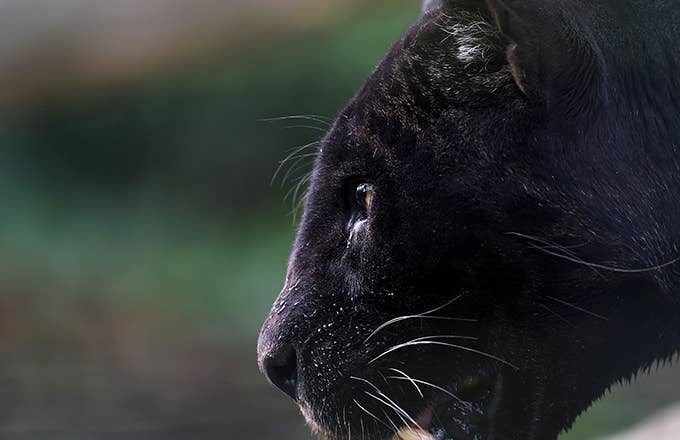
Biologists have been searching for more proof of the African black leopard in Kenya for years, and as CNN reports, they finally managed to capture new photographs of the large cat in the wild. After a number of reported sightings of the cat started surfacing, global conservation scientist Nick Pilford managed to snap what's been reported as the first photographs of the African black leopard since 1909.
This claim has been disputed, as it appears Phoebe Okall got a pic of the cat in 2013 for Kenya’s Daily Nation:
"We intensified our camera placement in the area the reports were being made," said Pilford of the new shot. "Within a few months, we were rewarded with multiple observations on our cameras." It took months of waiting for them to be able to capture footage and photographs of the leopard, but it definitely looks as though it was worth it. Footage given to National Geographic from the San Diego Zoo gave biologists a closer look at the African black leopard than ever before.
The female leopard spotted in the footage had an almost pitch-black appearance, although in the bright lights and night-vision her leopard print could faintly be seen. The coat is black due to melanism, the opposite of albinism.
"Melanism occurs in about 11 percent of leopards globally, but most of these leopards live in South East Asia," Pilfold added. "Black leopards in Africa are extremely rare, and prior to the observations in our published paper, the last confirmed observation was 1909 in Ethiopia."

